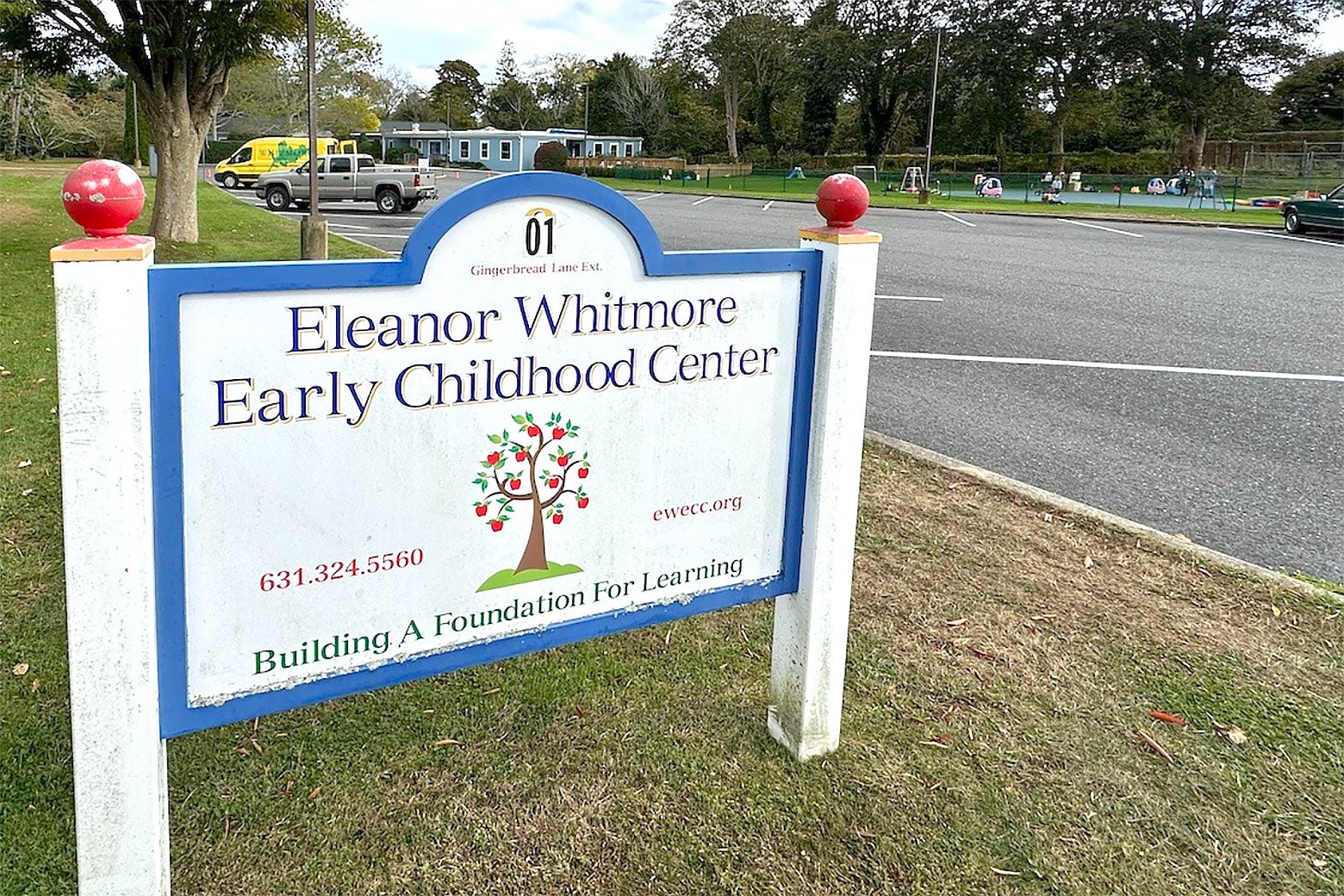UPDATE: East Hampton faces a critical child care crisis as demand surges amid rising living costs. Over 100 families are currently waiting for spots at the Eleanor Whitmore Early Childhood Center, highlighting a stark contrast between the region’s affluence and the struggles of working families.
This urgent situation unfolds as nearly 12 percent of East Hampton residents live in poverty, one of the highest rates in Suffolk County. Town Supervisor Kathee Burke-Gonzalez emphasizes that many parents juggle multiple jobs, relying on informal daycares and competing for limited affordable options.
The Hamptons, often viewed as a playground for the wealthy, is now revealing a less flattering reality. As the cost of living skyrockets, families face an increasingly unsustainable environment. The pandemic’s federal aid for the child care sector expired in 2023, exacerbating the crisis. Families now spend over 22 percent of their income on child care, with costs reaching up to $20,000 annually for infant care in New York state.
Despite the challenges, the Eleanor Whitmore Early Childhood Center remains a beacon of hope. Founded in 1969, it is the only nonprofit, affordable full-day early education program on the East End. For $375 a week, the center serves children aged 18 months to 4 years, offering bilingual instruction and activities like gardening and tennis.
Executive Director Tim Frazier notes that nearly two-thirds of the center’s families come from extremely low-income households, with many receiving subsidized tuition. “A lot of them have one or two or even three jobs to maintain their life,” Frazier explains, underscoring the community’s struggle.
As demand for child care grows, the center has initiated a new infant program, launching in September, already facing a waitlist of over 50 babies. Yet, as families flock to the Hamptons for seasonal work, developers are converting properties into luxury vacation homes, further stressing the community’s child care resources.
Local parents, like Jameson McWilliams, describe the disparities in child care costs as alarming, comparing them to mortgage payments. “The income disparity that we have out here has sort of priced the babysitters or nannies way beyond what we could afford,” he states, revealing the harsh realities of living in a gentrifying area.
At a recent fundraiser for the Eleanor Whitmore Center, which aims to raise $20,000 for equipment for the new infant program, the urgency of the situation was palpable. Despite the charming setting, donations have been slow to come in, with a $3,000 gap remaining.
The center’s struggles highlight a broader issue in the Hamptons: the misconception that all residents are affluent. “Our area, with its wealth and influence, should be leading trends in economic development and community support, but we’re not—why?” asks Mariah Whitmore, a board member at the center.
For families like Mercedes Counihan and others, the Eleanor Whitmore Center offers not just affordable care but a lifeline, enabling parents to work and sustain their livelihoods. Yet, the growing need for child care remains unmet, and without significant community support, the future of affordable education in East Hampton hangs in the balance.
As the child care crisis deepens, the conversation shifts. Will the affluent residents of the Hamptons recognize the urgent need for sustainable support to ensure that working families can thrive within their community? The clock is ticking, and the need for action has never been more pressing.
